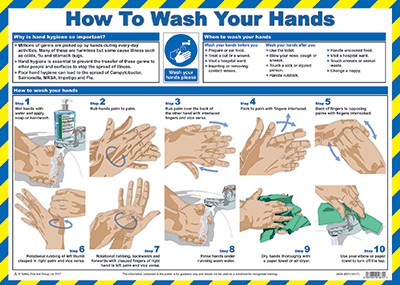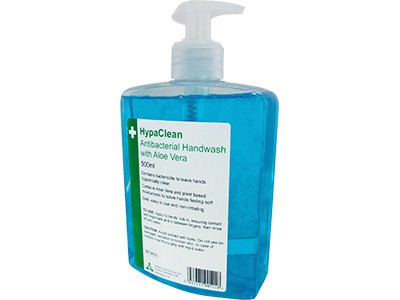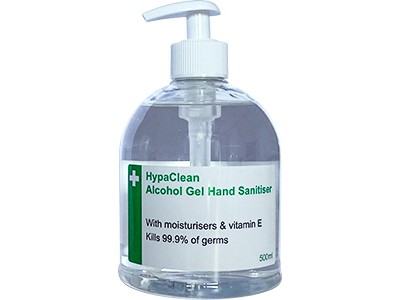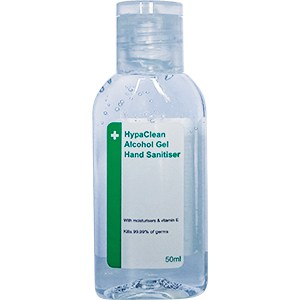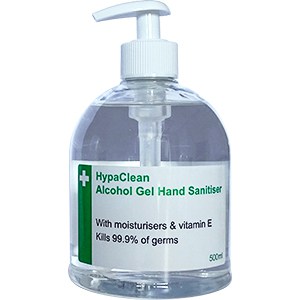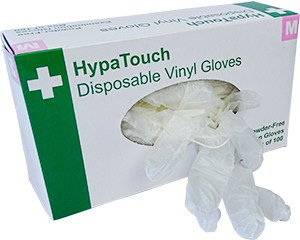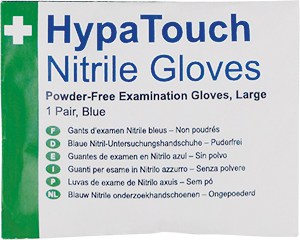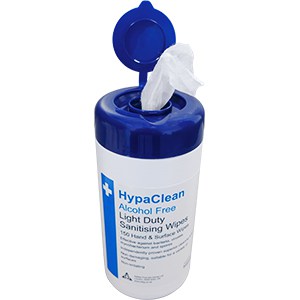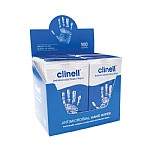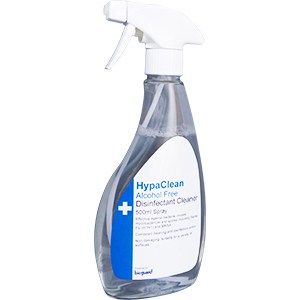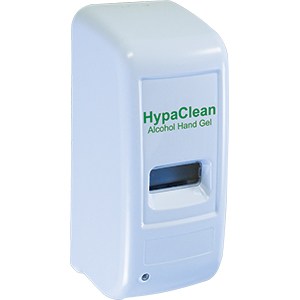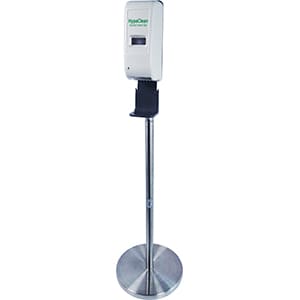
Why are hygiene and sanitisation important?
Increased hygiene and sanitisation could have a significant effect on health. Removing Covid from the equation, minor illnesses were the main reason for sickness absence in 2020, accounting for 21% of sickness absences. Minor illnesses are defined as coughs, colds, flu, sickness, nausea and diarrhoea – illnesses that can often be avoided by improved hygiene and sanitisation.
Not only do minor illnesses make us feel unwell and miserable for days at a time, but they also have a huge economic impact. In 2018, minor illness absence accounted for 38.5 million days being lost to sickness in workplaces.
Interestingly, between 2019 and 2020, there was 4.3% fall in the number of absences attributed to minor illnesses, confirming that the increased levels of hygiene and sanitisation seen during the pandemic have helped to prevent the spread of these illnesses.
All in all, it is clear that improving current levels of hygiene and sanitisation, both in the workplace and in our personal lives, will have a significant positive impact on general health and wellbeing, as well as businesses and organisations.
Why is hygiene important in the workplace?
The statistics above provide plenty of reasons for increased sanitisation in the workplace, however employers are also legally responsible for providing adequate health and safety facilities, such as suitable and sufficient toilets and washing facilities. Keeping workplaces clean and encouraging frequent handwashing reduces the risk of spreading germs and viruses, making workplaces safer for employees.
 Why is hand hygiene important?
Why is hand hygiene important?

Many microorganisms that inhabit our skin are harmless, however others are harmful, and cause illnesses that can range from minor to life-threatening, and often spread easily. Certain bacteria and viruses can survive
and remain infectious on our hands for hours.
During this time bacteria and viruses can spread to everything we touch, posing a risk to ourselves and others – especially as on some surfaces, microorganisms may survive for weeks.
Every time you touch an object, surface, or shake someone’s
hand you are picking up bacteria and potentially viruses too. Although they’re not visible, we tend to have around 1,500 bacteria living on each square centimetre of skin on our hands. The only way to protect yourself and others from contracting infectious illnesses from bacteria and viruses is by washing your hands and cleaning surfaces regularly.
What is hand sanitiser used for?
Most hand sanitisers are alcohol-based, though alcohol-free options are available if preferred. Generally, sanitisers kill 99.9% of bacteria and many are also effective against viruses and fungal spores. Hand sanitiser can be used without water and as a substitute for soap and water for unsoiled hands. Most hand sanitisers include moisturisers to help avoid dermatitis with repeated use. We have a range of hand sanitiser in pump bottles, wall-mounted dispensers, and pocket-sized bottles.
For some tasks, however, it’s best to avoid contact with your skin altogether, for example cleaning up human waste or handling rubbish. For these purposes, disposable gloves are ideal. These come in various sizes and materials – Vinyl and Nitrile. Some people are allergic to Latex so it’s safer to use Vinyl or Nitrile gloves. Depending on your needs, these can be bought individually or in larger quantities.
9 Steps to Achieve Optimum Hand Hygiene
If you’re using something immediately after someone, especially if they could be ill, you should sanitise your hands afterwards. The most important times to wash or sanitise your hands include:-
After blowing your nose, sneezing or coughing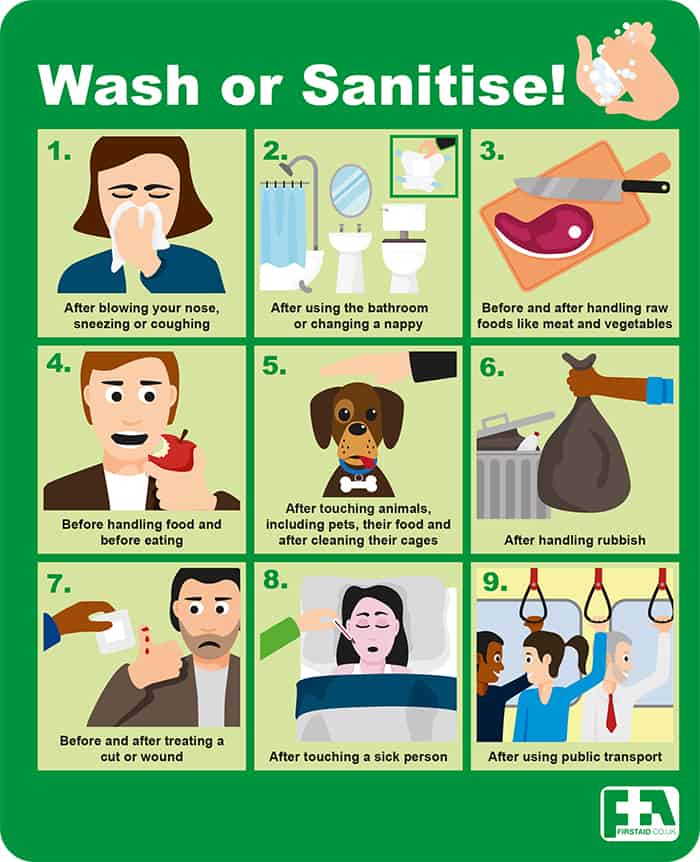
- After using the bathroom or changing a nappy
- Before and after handling raw foods like meat and vegetables
- Before handling food and before eating
- After touching animals, including pets, their food and after cleaning their cages
- After handling rubbish
- Before and after treating a cut or wound
- After touching a sick person
- After using public transport
Click on the infographic to download and promote good hygiene in your home or workplace.
Tips for maintaining good workplace hygiene
The most effective way of ensuring illness isn’t spread in the workplace is through ensuring employees understand the need for hand and surface hygiene and providing them with the tools to maintain this hygiene. Signs and posters can be particularly effective reminders of this.
The HSE suggest employers provide:
-
Handwashing facilities with running water, soap and paper towels or hand dryers
-
Hand sanitiser at locations in addition to washrooms, such as sanitising stations in shops
-
Hand sanitiser nearby for people getting in and out of vehicles or handling deliveries, if they are unable to wash their hands
-
Clear informational posters
 In addition to this, the HSE suggests a risk assessment in which employers consider what additional handwashing facilities may be needed. This may include considering areas that are used by multiple people, such as shared desks or rest/canteen areas, or areas where multiple people meet, such as meeting rooms. Simply placing hand sanitiser dispensers in these areas will encourage greater care and attention to hand hygiene and cleanliness.
In addition to this, the HSE suggests a risk assessment in which employers consider what additional handwashing facilities may be needed. This may include considering areas that are used by multiple people, such as shared desks or rest/canteen areas, or areas where multiple people meet, such as meeting rooms. Simply placing hand sanitiser dispensers in these areas will encourage greater care and attention to hand hygiene and cleanliness.
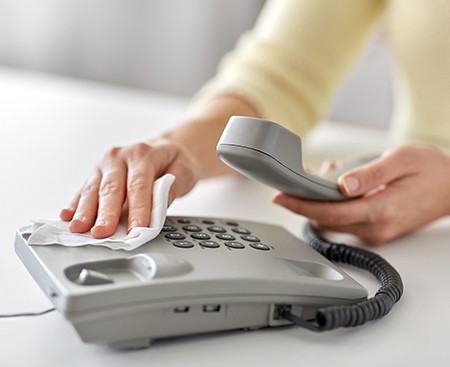 This risk assessment will also consider any equipment or surfaces which are touched by multiple people, such as telephones, computer keyboards and desks, door handles, control panels, kitchen equipment and other shared equipment. On top of regular cleaning, consider how to encourage the cleaning of these after each use – informational posters near these facilities, and easily accessible cleaning equipment.
This risk assessment will also consider any equipment or surfaces which are touched by multiple people, such as telephones, computer keyboards and desks, door handles, control panels, kitchen equipment and other shared equipment. On top of regular cleaning, consider how to encourage the cleaning of these after each use – informational posters near these facilities, and easily accessible cleaning equipment.
To sum up
It is relatively simple to ensure that you, and others around you, are protected from the spread of colds and viruses – it mostly boils down to regular cleaning of hands and surfaces. Of course, nothing is fool proof. However, if we all do our bit, we can make our environments generally safer and cleaner for everyone. The most significant barrier to this is usually a lack of knowledge and a lack of easily accessible equipment so make sure you share this information and that you equip yourself and your workplace with the necessary hygiene products.
Read our blog for more information on first aid, or contact us for further advice and information on our products.


